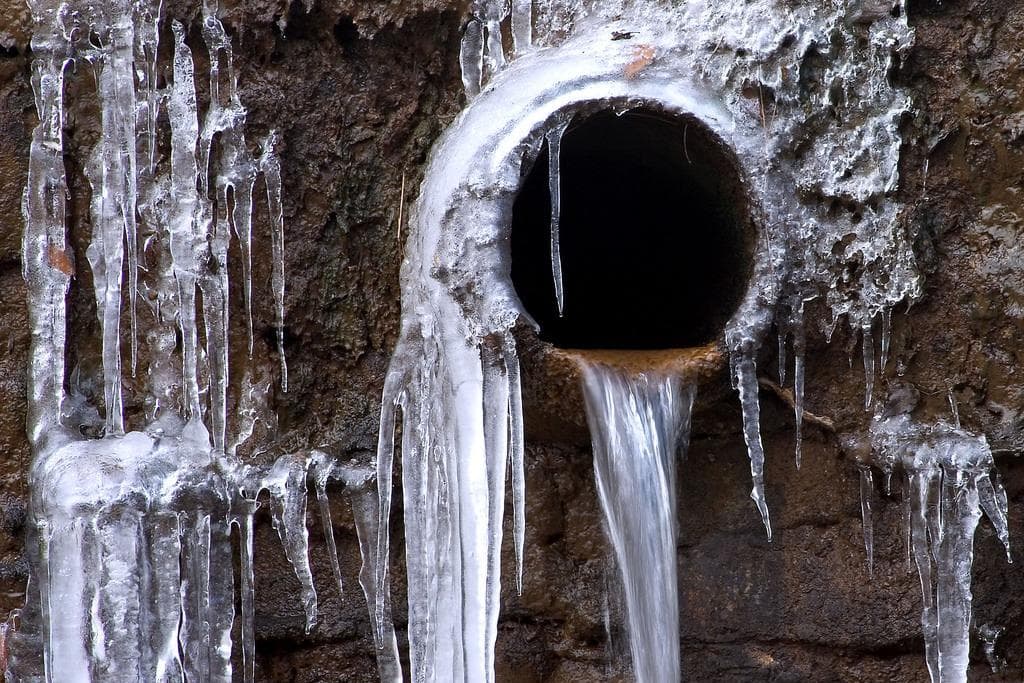The article on the next paragraphs in relation to Prevent Frozen Pipes is really engaging. Give it a go and draw your own personal assumptions.

Cold weather can wreak havoc on your plumbing, especially by freezing pipelines. Right here's just how to avoid it from occurring and what to do if it does.
Introduction
As temperature levels decrease, the risk of icy pipes increases, possibly leading to expensive fixings and water damages. Recognizing how to prevent icy pipelines is important for house owners in chilly climates.
Avoidance Tips
Shielding susceptible pipelines
Wrap pipelines in insulation sleeves or utilize warm tape to protect them from freezing temperatures. Concentrate on pipes in unheated or exterior locations of the home.
Home heating strategies
Maintain indoor spaces adequately warmed, particularly locations with plumbing. Open closet doors to enable warm air to distribute around pipes under sinks.
Just how to identify frozen pipes
Try to find decreased water flow from faucets, unusual odors or noises from pipelines, and noticeable frost on revealed pipes.
Long-Term Solutions
Architectural changes
Think about rerouting pipes away from outside wall surfaces or unheated areas. Add additional insulation to attics, basements, and crawl spaces.
Upgrading insulation
Purchase top quality insulation for pipes, attics, and wall surfaces. Appropriate insulation helps preserve consistent temperature levels and lowers the risk of icy pipes.
Shielding Exterior Pipes
Garden tubes and outside taps
Detach and drain pipes garden hose pipes before winter. Set up frost-proof spigots or cover exterior faucets with protected caps.
Recognizing Icy Pipes
What causes pipes to ice up?
Pipes freeze when exposed to temperatures below 32 ° F (0 ° C) for extended durations. As water inside the pipelines freezes, it expands, putting pressure on the pipeline wall surfaces and potentially creating them to burst.
Threats and problems
Frozen pipes can result in supply of water interruptions, property damages, and costly repair work. Burst pipelines can flood homes and cause extensive structural damage.
Indicators of Frozen Piping
Recognizing frozen pipelines early can avoid them from bursting.
What to Do If Your Pipes Freeze
Immediate activities to take
If you think icy pipes, maintain taps open up to alleviate pressure as the ice melts. Make use of a hairdryer or towels soaked in warm water to thaw pipelines slowly.
Verdict
Protecting against frozen pipes calls for aggressive actions and fast actions. By recognizing the reasons, indicators, and preventive measures, homeowners can protect their pipes throughout winter.
5 Ways to Prevent Frozen Pipes
Drain Outdoor Faucets and Disconnect Hoses
First, close the shut-off valve that controls the flow of water in the pipe to your outdoor faucet. Then, head outside to disconnect and drain your hose and open the outdoor faucet to allow the water to completely drain out of the line. Turn off the faucet when done. Finally, head back to the shut-off valve and drain the remaining water inside the pipe into a bucket or container. Additionally, if you have a home irrigation system, you should consider hiring an expert to clear the system of water each year.
Insulate Pipes
One of the best and most cost-effective methods for preventing frozen water pipes is to wrap your pipes with insulation. This is especially important for areas in your home that aren’t exposed to heat, such as an attic. We suggest using foam sleeves, which can typically be found at your local hardware store.
Keep Heat Running at 65
Your pipes are located inside your walls, and the temperature there is much colder than the rest of the house. To prevent your pipes from freezing, The Insurance Information Institute suggests that you keep your home heated to at least 65 degrees, even when traveling. You may want to invest in smart devices that can keep an eye on the temperature in your home while you’re away.
Leave Water Dripping
Moving water — even a small trickle — can prevent ice from forming inside your pipes. When freezing temps are imminent, start a drip of water from all faucets that serve exposed pipes. Leaving a few faucets running will also help relieve pressure inside the pipes and help prevent a rupture if the water inside freezes.
Open Cupboard Doors
Warm your kitchen and bathroom pipes by opening cupboards and vanities. You should also leave your interior doors ajar to help warm air circulate evenly throughout your home.

As a person who reads about Winter Plumbing Precautions: Preventing Frozen Pipes, I think sharing that piece was beneficial. Liked our post? Please share it. Help other people discover it. Thanks for being here. Come back soon.
Get Started
Comments on “Tips to Defend Plumbing System from Cold Weather: Essential Tips”